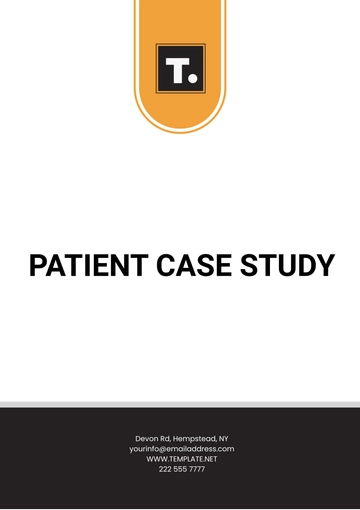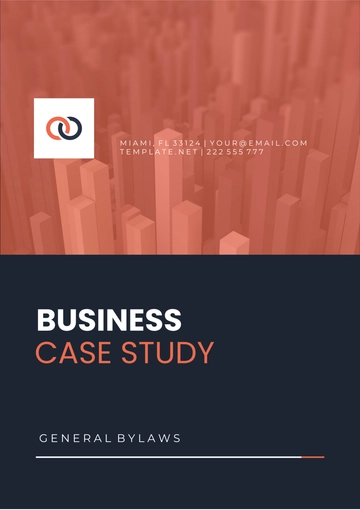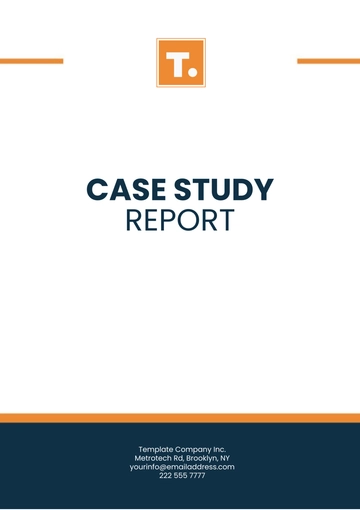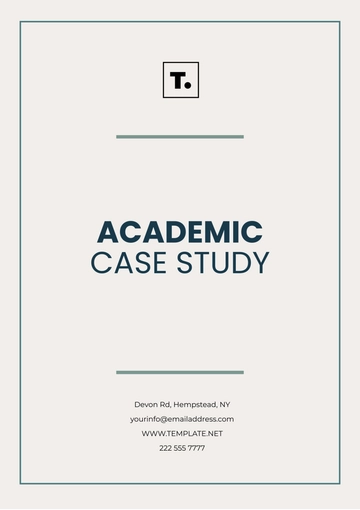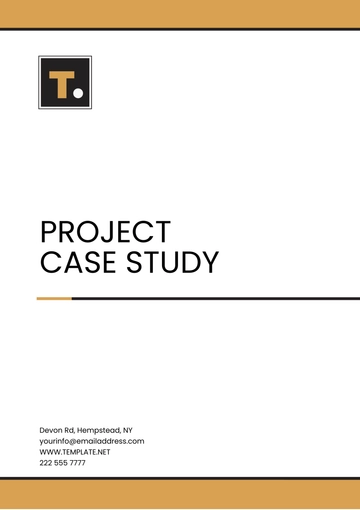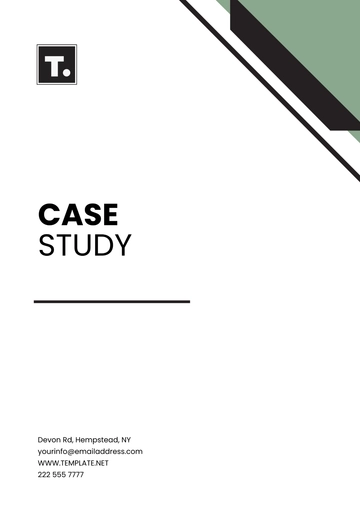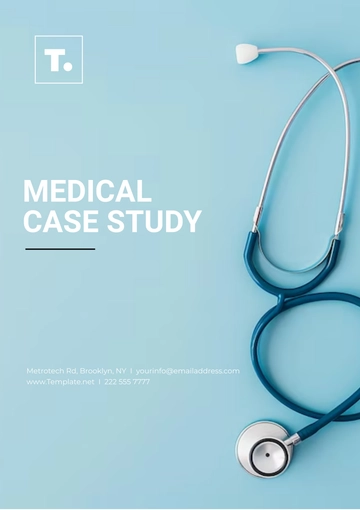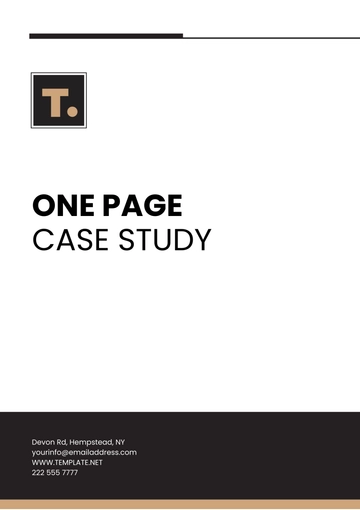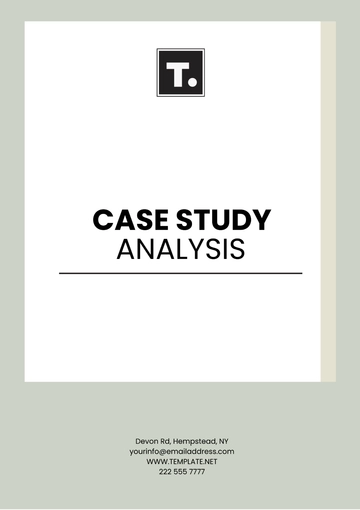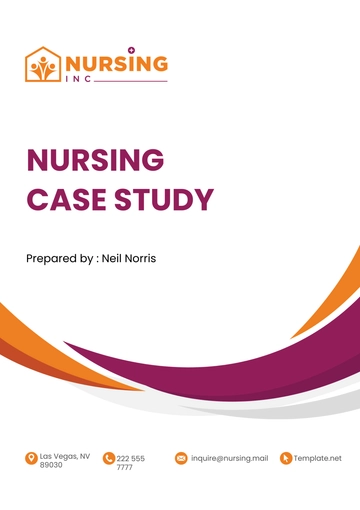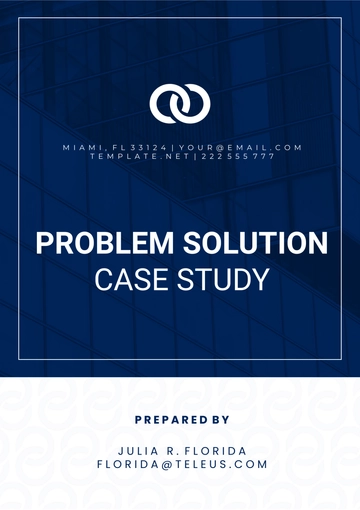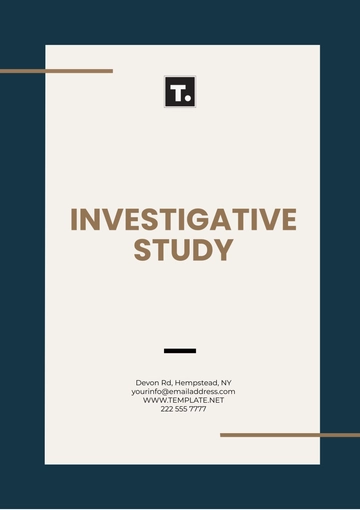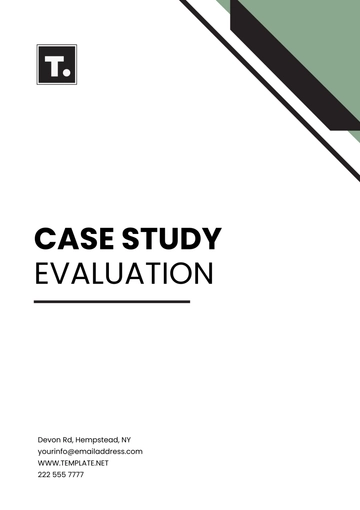Free Case Study on Safety Compliance
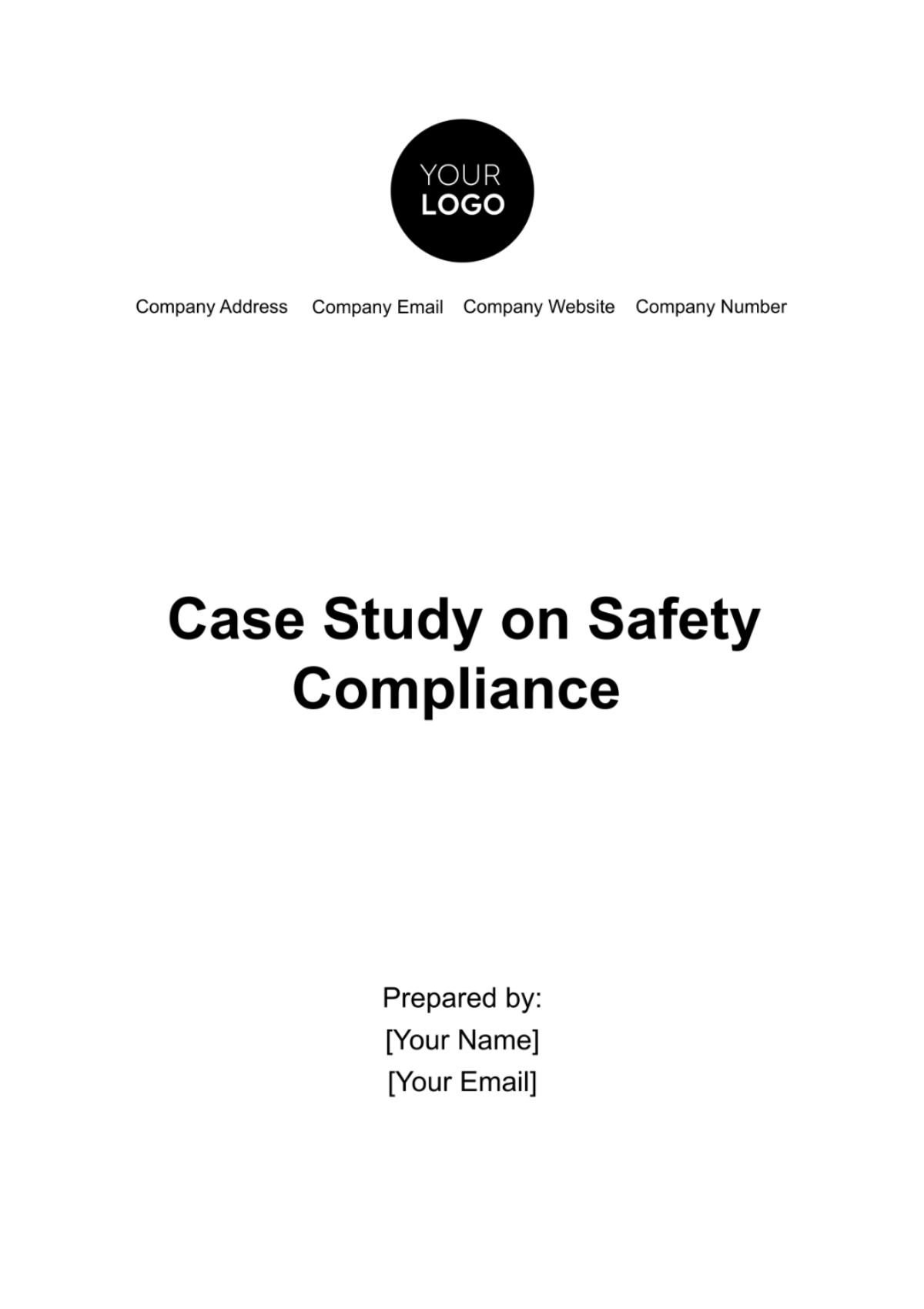
Introduction
Background
Compliance audits and inspections stand as pivotal elements in safeguarding the well-being of employees and ensuring adherence to regulatory standards. This case study delves into a comprehensive safety compliance audit conducted at [Your Company Name], a mid-sized player in the automotive parts industry. With a focus on a proactive approach to safety, this audit exemplifies a model for effective safety management.
Importance of Safety Compliance
Safety compliance is not just a regulatory requirement but a cornerstone of operational excellence. It plays a crucial role in preventing workplace injuries, minimizing risks, and fostering a safety-centric culture. For [Your Company Name], this audit was not merely a procedural necessity but a strategic step towards enhancing their safety ethos.
Objectives of the Case Study
This case study aims to provide a detailed account of the audit process at [Your Company Name], showcasing the methodologies employed, findings uncovered, and the actionable steps taken post-audit. It serves as a blueprint for organizations seeking to undertake a similar path in safety compliance and improvement.
Audit Preparation
Setting Objectives
The primary objectives of this safety compliance audit were:
1. Ensure Compliance: To verify adherence to national safety regulations and industry-specific safety standards.
2. Identify Risks: To identify any potential safety risks or hazards within the manufacturing environment.
3. Recommend Improvements: To provide actionable recommendations for enhancing safety practices.
Planning and Scheduling
The planning phase involved several key steps:
1. Audit Team Formation: A diverse team, including safety officers, operational managers, and an external safety consultant, was formed.
2. Schedule Development: The audit was scheduled to occur over a two-week period, ensuring minimal disruption to operations.
3. Stakeholder Engagement: Key stakeholders were informed and involved in the planning process to foster cooperation and transparency.
Activity | Responsible Party | Date |
Pre-Audit Meeting | Safety Officer | [Date] |
Document Review | External Consultant | [Date] |
On-Site Inspection | Audit Team | [Date] |
Initial Report Preparation | Operational Managers | [Date] |
Inspection Process
Inspection Methodology
The inspection utilized a combination of methods:
1. Checklist-Based Inspection: A comprehensive checklist was used, covering equipment safety, emergency procedures, and personal protective equipment.
2. Observational Walkthroughs: Unscripted walkthroughs of the manufacturing floor were conducted to observe daily operations and employee safety behaviors.
Key Areas of Focus
The inspection focused on the following areas, deemed critical for safety:
1. Machinery and Equipment: Checking for proper maintenance, guarding, and operational safety.
2. Emergency Preparedness: Evaluating the adequacy of emergency exits, fire extinguishers, and evacuation procedures.
3. Personal Protective Equipment (PPE): Assessing the availability, condition, and usage of PPE by employees.
4. Chemical Handling and Storage: Ensuring proper labeling, storage, and handling of hazardous materials.
Area of Focus | Compliance Criteria | Notes |
Machinery | Guarding, Maintenance | Special attention to high-risk equipment |
Emergency Preparedness | Exit Accessibility, Signage | Inclusion of drill records |
PPE | Availability, Usage | Employee training records reviewed |
Chemicals | Storage, Labeling | Cross-referenced with MSDS sheets |
This structured approach to the inspection process ensured a comprehensive assessment of safety compliance within the manufacturing environment.
Data Collection
Quantitative Data
The audit yielded significant quantitative data, crucial for assessing compliance levels and identifying trends. The data collected is summarized in the following table:
Aspect | Number of Violations | Number of Compliant Instances | Total Checked |
Machinery Safety | 5 | 30 | 35 |
Emergency Procedures | 2 | 15 | 17 |
PPE Usage | 10 | 25 | 35 |
Chemical Handling | 3 | 12 | 15 |
Key Observations:
1. Machinery Safety: A small number of machines were found without adequate safety guards.
2. Emergency Procedures: Most emergency exits and fire safety equipment were well-maintained, with a few exceptions.
3. PPE Usage: Non-compliance in PPE usage was noted as the most significant issue, primarily due to improper or lack of usage.
4. Chemical Handling: Generally compliant, with a few instances of improper labeling.
Qualitative Data
Qualitative observations included:
1. Employee Feedback: Many employees expressed concerns about inconsistent PPE usage and sought more comprehensive training.
2. Operational Observations: Some areas of the plant demonstrated exemplary safety practices, serving as a model for other sections.
Analysis of Findings
Compliance Assessment
The compliance assessment revealed varying levels of adherence to safety standards across different areas. A compliance rate is calculated as the percentage of compliant instances against the total checked.
Area | Compliance Rate |
Machinery Safety | [85.7%] |
Emergency Procedures | [88.2%] |
PPE Usage | [71.4%] |
Chemical Handling | [80.0%] |
Insights:
1. Machinery Safety: Generally high compliance, with room for improvement in specific machinery.
2. Emergency Procedures: Mostly compliant, indicating effective emergency readiness.
3. PPE Usage: The lowest compliance rate, signaling an urgent need for action.
Risk Identification
Identified risks include:
1. High-Risk Machinery: Certain machines without proper guarding pose significant injury risks.
2. Non-Compliance: The lack of proper PPE usage creates a widespread risk of injury.
3. Chemical Mislabeling: Although few, instances of mislabeling could lead to hazardous material mishandling.
This section of the audit highlights areas requiring immediate attention and provides a basis for informed decision-making in enhancing workplace safety.
Recommendations
Immediate Actions
Based on the audit findings, the following immediate actions are recommended:
1. Enhanced Machinery Safety: Install missing guards on identified machinery within [two weeks].
2. PPE Compliance Enforcement: Initiate a PPE compliance drive, including spot checks and immediate corrective actions.
3. Corrective Training for Chemical Handling: Conduct a mandatory training session on proper chemical handling and labeling within one month.
Long-term Strategies
To ensure sustained safety improvements, the following long-term strategies are suggested:
1. Regular Safety Training: Implement [quarterly] safety training sessions for all employees.
2. Continuous PPE Awareness Campaign: Develop an ongoing campaign to reinforce the importance of PPE usage.
3. Safety Culture Development: Foster a safety-first culture through employee engagement and recognition programs.
Implementation Plan
Action Items
The following table outlines the specific actions, responsible parties, and deadlines for implementing the recommendations:
Action Item | Responsible Party | Deadline | Status |
Machinery Guard Installation | Maintenance Team | Quarterly | Pending |
PPE Compliance Drive | Safety Officers | Ongoing | In Progress |
Quarterly Safety Training | HR Department | Quarterly | Planned |
PPE Awareness Campaign | Safety Committee | Ongoing | Launching Soon |
Safety Culture Programs | Management Team | Ongoing | In Development |
Monitoring Mechanism
To ensure the effective implementation of these actions, the following monitoring mechanisms will be employed:
1. Regular Audits: Conduct mini-audits bi-annually to assess the ongoing implementation of safety measures.
2. Feedback Collection: Utilize surveys and suggestion boxes to gather employee feedback on safety initiatives.
3. Performance Metrics: Develop safety performance metrics to quantitatively measure improvements.
This implementation plan, coupled with diligent monitoring, aims to significantly enhance the safety standards and practices within the workplace, ensuring a safer environment for all employees.
Follow-Up and Continuous Improvement
Review Procedures
To maintain and improve upon the safety standards established, the following review procedures are recommended:
1. Annual Safety Audits: Conduct comprehensive safety audits annually to identify new risks and assess the effectiveness of implemented actions.
2. Quarterly Review Meetings: Hold quarterly meetings with the safety committee, operational managers, and employee representatives to review safety initiatives and progress.
3. Incident Analysis: Analyze all safety incidents and near-misses to understand root causes and prevent recurrence.
Feedback Loop
Establishing an effective feedback loop is critical for continuous improvement:
1. Employee Surveys: Regular surveys to be conducted semi-annually to gather employee feedback on workplace safety and perceived risks.
2. Suggestion System: Implement a suggestion system where employees can anonymously submit safety improvement ideas.
3. Feedback Review: Dedicated monthly review of feedback and suggestions by the safety committee to identify actionable items.
Continuous Improvement Metrics:
To measure the effectiveness of continuous improvement efforts, the following metrics are proposed:
Metric | Goal | Measurement Frequency |
Reduction in Safety Incidents | 20% Yearly Decrease | Annually |
Employee Safety Satisfaction | 80% Positive Feedback | Semi-Annually |
Compliance Rate in Audits | Maintain >90% | Annually |
Implementation of Employee Suggestions | 50% of Suggestions | Quarterly |
This structured approach to follow-up and continuous improvement ensures that the safety standards are not only maintained but also enhanced over time. It involves active participation from all levels within the organization, creating a dynamic and responsive safety culture.
Conclusion
Summary of Impact
The safety compliance audit at [Your Company Name] has had a profound impact on their operations. The immediate and long-term actions taken in response to the audit findings have significantly reduced safety incidents and improved overall compliance rates. The audit not only rectified existing safety gaps but also laid down a foundation for a robust safety culture.
Key Learnings
One of the key learnings from this case study is the importance of a thorough and systematic approach to safety audits. The use of quantitative and qualitative data, coupled with a well-structured implementation plan, proved essential in achieving tangible safety improvements. Furthermore, the emphasis on employee engagement and feedback has been instrumental in sustaining these improvements.
Broader Implications
This case study offers valuable insights for other organizations striving to elevate their safety standards. It underscores the pivotal role of leadership commitment, employee involvement, and continuous improvement in crafting a safe and compliant workplace. In essence, safety compliance is not just about meeting standards but about building a culture where safety is ingrained in every aspect of the work environment.
- 100% Customizable, free editor
- Access 1 Million+ Templates, photo’s & graphics
- Download or share as a template
- Click and replace photos, graphics, text, backgrounds
- Resize, crop, AI write & more
- Access advanced editor
Explore Template.net's Case Study on Safety Compliance Template, offering editable and customizable features for tailored solutions. Utilize our Ai Editor Tool to enhance your safety initiatives, ensuring comprehensive compliance strategies. Effectively analyze, document, and improve safety standards with ease, thanks to Template.net's innovative solutions.
